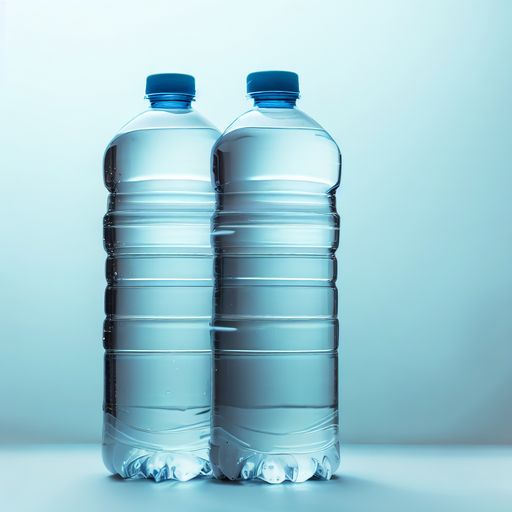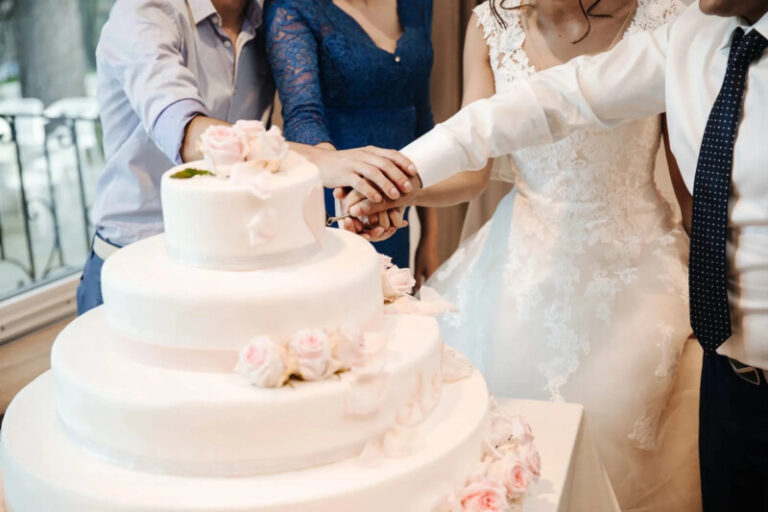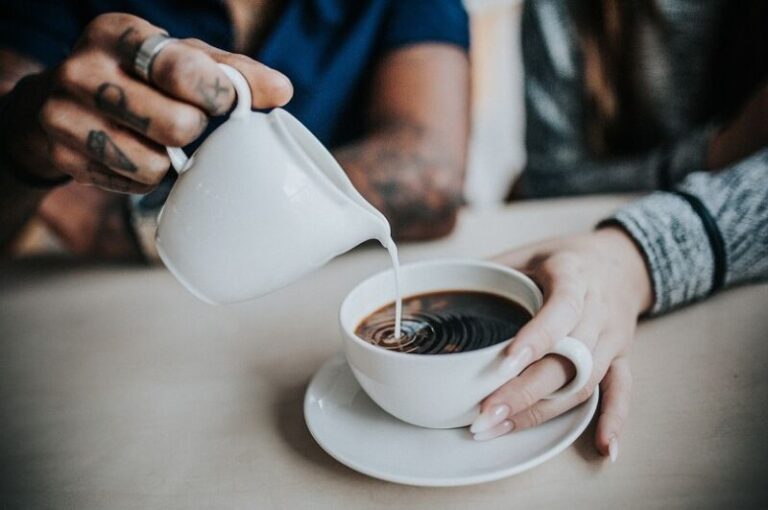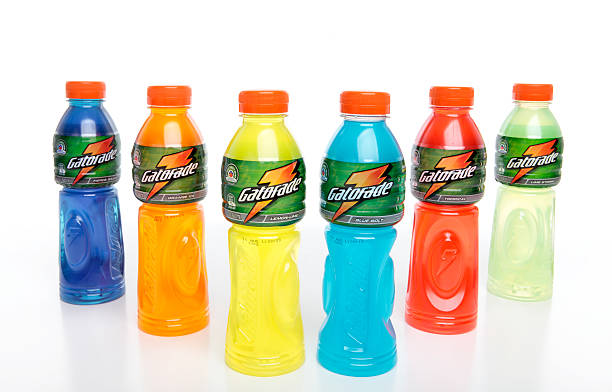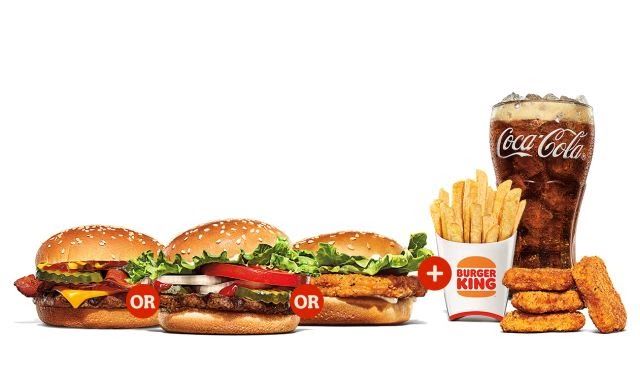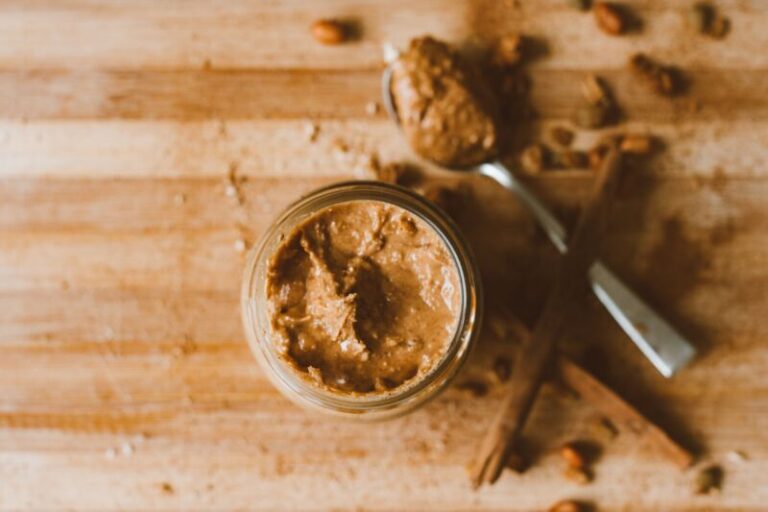How Many Oz In 2 Liters? Mastering Liquid Measurement Conversions
Many of us have stumbled when trying to convert between fluid ounces (oz) and liters. Figuring out how many oz in 2 liters can be confusing if you’re not familiar with the formulas. However, mastering these liquid measurement conversions doesn’t have to be complicated.
With some clear explanations and practical examples, you can gain the knowledge needed to effortlessly convert oz to liters and vice versa. This guide will provide step-by-step instructions to calculating oz to liter conversions with confidence.
Defining Key Measurements: Ounces and Liters
Before diving into the conversion formulas, it’s important to understand the units involved:
What is an Ounce (oz)?
An ounce (oz) is used as both a unit of weight and liquid volume in the US customary system.
- For weight, 1 oz equals 28 grams or 0.0625 pounds.
- For liquid volume, 1 fluid ounce (fl oz) is approximately 29.57 ml.
Since we are focused on liquid volumes, we will be using the fluid ounce (fl oz) definition going forward.
What is a Liter (L)?
A liter (L) is a metric unit of volume equal to 1000 milliliters (mL) or approximately 33.81 fluid ounces (fl oz).
So while oz can refer to weight or volume, liters strictly cover liquid volume measurement.
How to Convert Between Oz and Liters

Now that we understand these units, let’s look at how to convert between them:
Converting Oz to Liters
The formula for converting oz to liters is:
Ounces / 33.81 = Liters
Let’s break this down with an example:
- To convert 64 oz to liters:
- 64 oz / 33.81 = 1.89 liters
Therefore, 64 oz is equal to 1.89 liters.
Converting Liters to Oz
To convert liters to fluid ounces, we use:
Liters x 33.81 = Ounces
Here is an example conversion:
- To convert 3.78 liters to ounces:
- 3.78 L x 33.81 = 127.99 oz
So 3.78 liters equals 127.99 oz.
As you can see, the conversion formula is straightforward once you know the relationship between ounces and liters. Converting between the two is essential for many everyday applications.
Calculating Oz in 2 Liters
Now we can easily figure out how many oz in 2 liters using our formula:
- 2 liters x 33.81 oz/liter = 67.62 oz
Therefore, there are 67.62 fluid ounces (oz) in 2 liters.
You might also see this written as:
- 2 L = 67.62 fl oz
So if you have a 2 liter bottle, it contains 67.62 oz of liquid volume.
Knowing oz in 2 liters gives you a useful reference point for visualizing volumes. You can now easily convert between containers marked in liters vs. fluid ounces.
Handy Conversion Tables: Oz to Liters and Vice Versa
For quick reference, here are some handy conversion tables showing the most common oz and liter volumes:
| Ounces | Liters |
|---|---|
| 16 oz | 0.47 liters |
| 32 oz | 0.95 liters |
| 64 oz | 1.89 liters |
| 128 oz | 3.79 liters |
| Liters | Ounces |
|---|---|
| 0.5 liters | 16.91 oz |
| 1 liter | 33.81 oz |
| 2 liters | 67.62 oz |
| 3 liters | 101.44 oz |
Having these common oz and liter conversions handy eliminates the need to calculate every single time. You can refer to the tables for a quick solution.
Why Converting Oz to Liters Matters
You might be wondering why it’s worth taking the time to master these conversions. Here are some key reasons:
Accurate Portion Sizes
When preparing recipes, you’ll often encounter ingredient quantities listed in both oz and liters. To properly measure out portions, you need to accurately convert volumes between the units.
For example, if a recipe calls for 32 oz (1 quart) of chicken broth but you only have broth containers labeled in milliliters, you’ll need to determine that 32 oz equals approximately 946 ml.
Precise Medication Dosage
Medication dosages are typically prescribed in metric units (ml or L) but liquid meds in the US are frequently labeled in oz. To take the correct dose, you must be able to translate the prescription instructions into the correct unit.
Knowing that 5 ml equals 1 teaspoon (about 0.17 oz) allows you to measure your dose properly regardless of the units provided.
Efficient Cooking Times
Cooking directions are often based on volume measurements. To effectively follow recipes and determine cooking times, converting between ounces and liters is essential.
If a recipe states to boil 2 liters of water but your pot markings are in quarts, you’ll need to know that 2 liters is approximately 67 oz or 2 quarts.
Precise Mixing Ratios
Following the correct proportions is critical when mixing concentrated solutions. You may frequently need to convert ounces to milliliters or vice versa to achieve the proper dilution ratio.
For instance, if mixing a cleaning solution requiring 1 oz of concentrate to every 16 oz of water, you’ll want to confirm volumes in ml to add the ingredients accurately.
Meeting TSA Requirements
To avoid delays at airport security, you must adhere to TSA liquid rules limiting carry-ons to travel-sized volumes of 3.4 oz (100 ml) or less per container. Converting between oz and ml ensures you don’t exceed restrictions.
You certainly don’t want to lose a 128 oz (3.78 L) bottle because you didn’t realize it far surpasses the permitted volume.
Converting with Confidence
Whether you’re following cooking directions, measuring medication dosages, packing carry-on bags, or simply trying to visualize quantities – the ability to effortlessly convert between oz and liters is invaluable.
Hopefully this guide has provided a clear, practical approach to tackle liquid measurement conversions in all sorts of everyday situations.
Here are some key tips to keep in mind:
- Remember the basic conversion formula: Ounces / 33.81 = Liters.
- For common quantities, use the handy reference tables instead of calculating.
- Double check your conversions, especially when measuring medication or concentrated mixes.
- Don’t let unfamiliar units trip you up – take a minute to convert to the units you understand.
- Utilize conversions to follow instructions accurately and avoid dangerous errors.
Equipped with this knowledge, you can now confidently answer “how many oz in 2 liters?” and meet any other liquid measurement challenge with ease. So don’t shy away from recipes or activities requiring oz to liter translations – you’ve got this!
